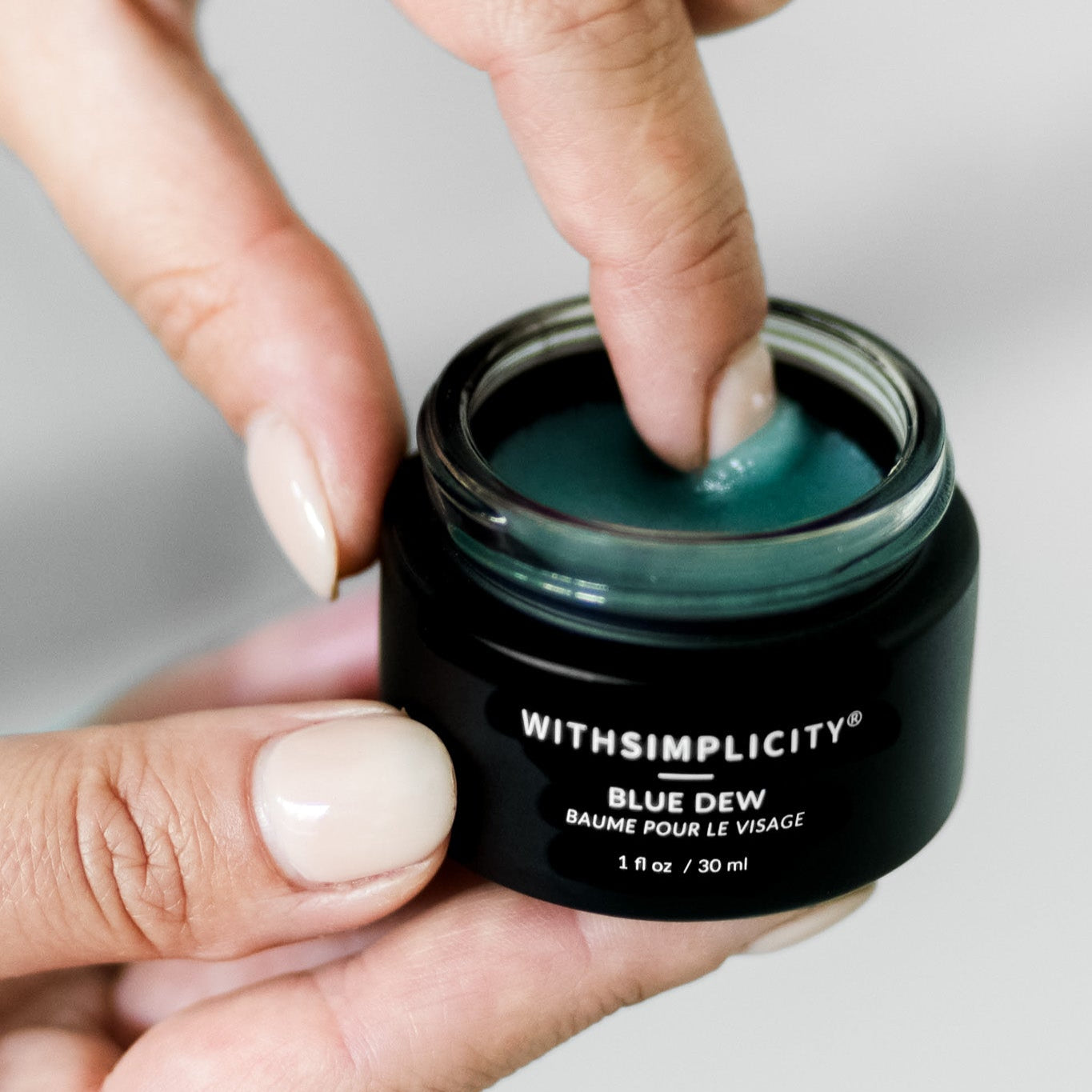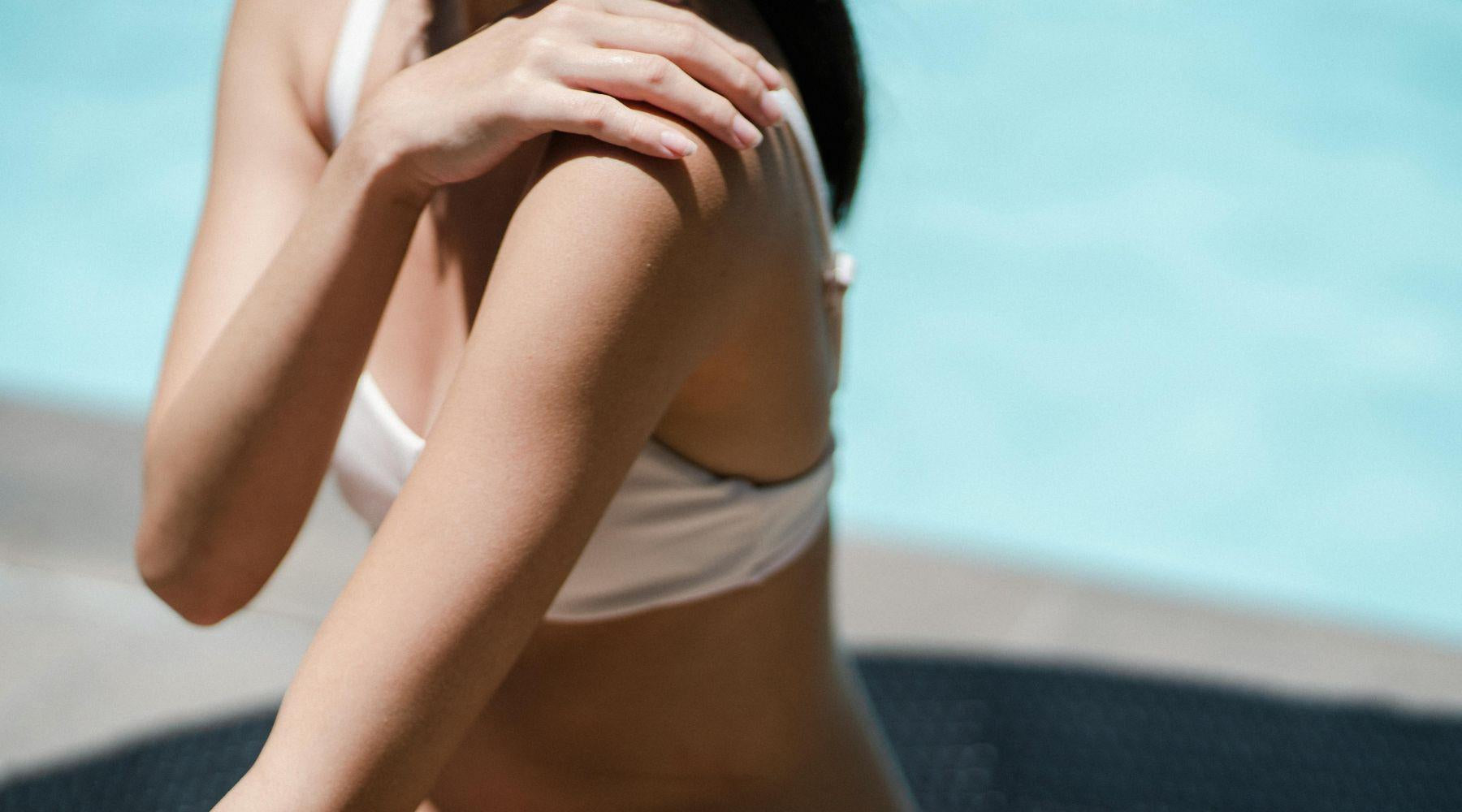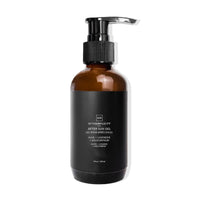Summer is the season to burn, baby, burn, but not in a disco inferno. That angry redness appears on your face, shoulders or any body part exposed to the sun’s rays for too long. What happens to your skin when you get a sunburn, and what’s the best way to deal with it?
Knowing how to soothe your burn brings relief. Furthermore, learning how sunburn influences photoaging and affects your disease risk can inspire you to protect yourself.
What Is a Sunburn?
A sunburn occurs when you expose your skin to too much of the sun’s ultraviolet radiation. Although you can feel heat or infrared radiation, the UV variety is not seen or felt. You won’t feel it during exposure, but you’ll quickly recognize the trouble once your skin becomes inflamed.
There are two types of UV radiation you must worry about when spending the day at the beach:
-
UVB Radiation: UVB rays penetrate just below the skin’s surface to your epidermis, where it creates the signature burn.
- UVA Radiation: UVA Rays go even deeper, all the way to your dermis, where they accelerate the aging process. The burn can sometimes reach this layer, requiring medical treatment and weeks to heal.
It’s important to note that the sun can be helpful in small doses. For example, it spurs your body to produce natural vitamin D, a vital nutrient hormone that affects everything from your bones to your immune system.
However, the sun’s UV rays have also gotten stronger over the past three decades, thanks to climate change. Even if you didn’t readily burn as a kid, you might now. Furthermore, damage can accumulate unseen, accelerating the aging process.
If you want to dive deeper into how UV radiation affects the skin and what you can do to protect your skin, check out our blog about UV rays and mineral sunscreen.
Do Sunburns Cause The Skin To Age Faster?
Your skin’s cells repair themselves through oxidation. However, excess oxidative stress damages DNA within cells, affecting their ability to function as they should. Although you might not immediately see the damage to your dermis as it lies beneath the surface, you can develop brown spots, wrinkles, rough skin, redness and visible blood vessels over time.
Additionally, UV radiation breaks down collagen and elastin, the stuff that gives skin its suppleness and plumpness. Your skin can start to look old, crepey and hollow and cut or tear more easily.
What Is the Link Between Sunburn and Skin Cancer?
The damage UV radiation does to your cells may lead to skin cancer. There are three common types of skin cancer:
- Basal Cell
- Squamos Cell
- Melanoma
Melanoma is the most dangerous type, causing 7,990 deaths in 2023. It’s the most deadly because it can metastasize quickly, spreading to other parts of the body. Another severe, albeit rare, form is Merkel cell carcinoma, which occurs most frequently in fair-skinned individuals over 50 and is associated with the Merkel cell polyomavirus.
However, basal and squamous cell skin cancers can also metastasize if left untreated. About 90% of nonmelanoma skin cancers are associated with the sun’s radiation — it’s the most preventable risk factor. While prevention is your best cure, seeking medical treatment for prompt removal can decrease your risk of serious complications.
What Are the Best After-Sun Gels for At-Home Sunburn Care?
You had a little too much fun in the sun and ended up with a burn. It happens!
Although nothing can cure a sunburn except time, the right care can minimize some of the damage by cooling the burn more quickly and encouraging healing. Cooling gels, like our After Sun Cooling Gel help to rehydrate skin, providing vital moisture to cells wrung dry by the rays.
How to Prevent a Sunburn: 5 Tips to Stay Sun-Safe
The best way to treat a sunburn is not to get one in the first place. However, that doesn’t mean you must live your life indoors. Follow these tips to stay sun safe and avoid getting burned:
- Time your exposure: The sun’s rays are brightest between 10 a.m. and 4 p.m., although heat may linger longer. During the summer, strive to accomplish any outdoor chores early and remain indoors during the brightest part of the day.
- Always wear sunscreen: Choose a formula with an SPF of at least 30 or higher. Mineral sunscreens provide instant protection, although some acne-prone folks find they clog pores.
- Cover up: Wear loose-fitting, light-colored, breezy clothing made of breathable fabrics like cotton and linen. While it may sound counterintuitive, covering up with the right materials can seem cooler than exposing your bare skin to the sun while preventing sunburn.
- Check your medications: Certain medications and herbs increase photosensitivity — how quickly you burn. For example, many folks take St. John’s Wort for depression, but it can make you more sensitive to the sun. Prescription medications that increase photosensitivity include retinoids, antibiotics, antifungals, AHAs, antihistamines, oral



